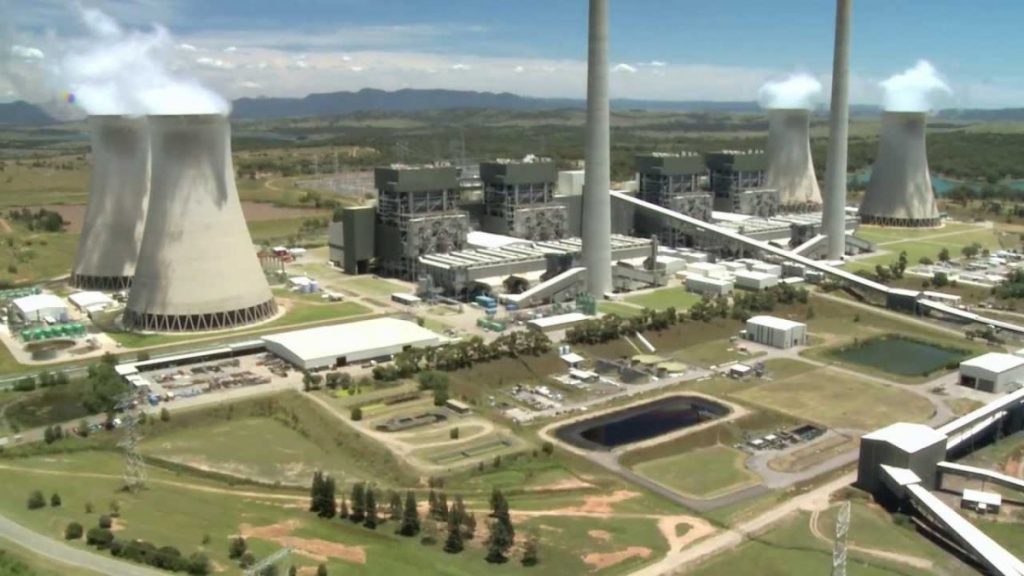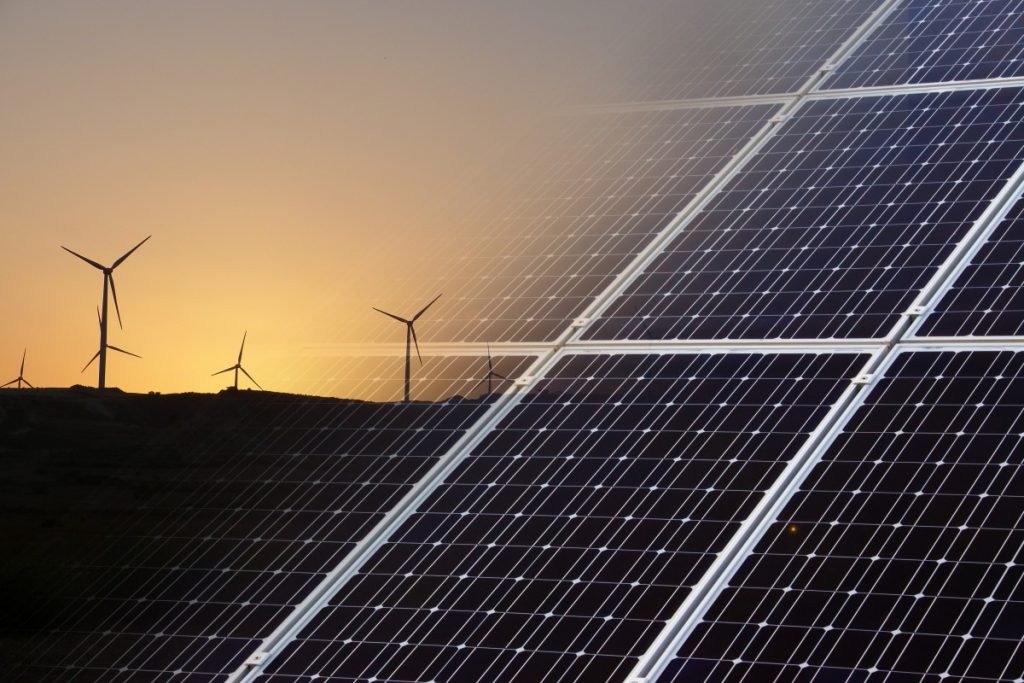Policy certainty needed to deliver a more connected energy future
Australia’s energy mix is changing rapidly. Just how this transformation is best managed to ensure electricity can be shared across the national market is the subject of a new report by the Australian Energy Market Operator. This provides a much-needed holistic planning approach to our future energy system, but there is much work yet to be done to adapt the national transmission system before the roadmap becomes reality – and time is short.
Inaugural Integrated System Plan (ISP)
The closure of Australia’s coal-fired power plants is inevitable as they age – as we have already seen with Hazelwood and the planned closure of Liddell in 2022. The increasingly competitive cost of renewables also makes it inevitable that as this coal -fired generation comes to the end of its working life, it will be replaced primarily by intermittent generation, supported by energy storage and gas-fired generation.
This replacement generation will not necessarily be built where the retiring coal plant is located, because it may not be the most suitable place for it. This means network infrastructure, particularly new transmission lines, will be required to connect the new generators and move the electricity around the system as required.

The AEMO ISP was an important recommendation of the 2017 Finkel Review into the energy system and is the most extensive planning document since the formation of the National Energy Market. AEMO released its inaugural plan on 17 July, with another version due mid 2019 further detailing priority projects.
Over the next 20 years, efficient and effective planning of the transformation of the generation mix will be critical and the release of the inaugural ISP is the first step. The plan outlines near, medium and longer-term transmission development groupings. Transmission projects identified in the ISP will be tested through transparent regulatory investment processes that investigate the network implementation required.
A priority for network businesses is to ensure balance is achieved between what the system needs to function most efficiently and keeping energy prices down. We do not want to risk over investment, but doing nothing and responding to individual generation connection requests could lead to poor investment decisions that would have adverse outcomes on customers’ costs. This approach also would not allow renewable generation to move between jurisdictions, which is needed to increase system flexibility, reliability of supply and put downward pressure on wholesale prices.
Policy and regulatory certainty is essential to enable the infrastructure investment that is urgently needed for the next five years and beyond. The Energy Security Board’s coordination of the work of the energy market bodies on planning and regulation of the transmission system and interconnection is welcomed and complementary to the ISP. The ESB is due to report on progress to COAG in August 2018.
The proposed National Energy Guarantee will have its own compliance framework to drive emissions down to meet international commitments at lowest cost, combined with a compliance and penalty framework. With renewable generation ramping up, the transmission backbone will have to be in place to support this energy market transformation, otherwise the plan will fail.

Further infrastructure development is required by the mid-2020s and from 2030 to 2040. The ISP should be tested and assumptions updated as policy settings and subsidies change, technology advancement reduces battery price, uptake of distributed energy resources progresses (DER) and gas price varies. It should also be noted that future iterations of the ISP should be updated to include more granular consideration of distribution level distributed energy resources as the ability to optimise and coordinate household DER at scale becomes a reality.
Coordinating Generation and Transmission Development
Earlier this year, COAG asked the AEMC to undertake a biennial review of drivers that could influence the future of generation and transmission investment. The resulting AEMC discussion paper was released for consultation in May and a directions paper is due in August for consultation. This provides time for stakeholders to consider both the ISP and the AER’s release of the next consultation on the Regulatory Investment Test Application Guideline, due about the end of July 2018, both of which will inform consultation on the directions paper.
The reality is the existing incremental approach to facilitating renewable connections, or transmission network service provider (TNSP) coordination of generation connections, is less suited to the transformational change in the market and is unlikely to be the least cost approach for consumers. TNSP coordination of generator connections or clusters of generators is also unlikely to be practical as competing generators will not want to share commercially sensitive information.
Transmission network service providers support effective integrated planning as proposed by the ISP, however it is essential the transmission businesses retain commercial responsibility for network investment and accountability for shared network outcomes. To ensure timely investment, where a RIT-T (Regulatory Investment Test for Transmission) assessment may be suitable, the assumptions and scenarios in the ISP should be able to be used, unless more up to date or local conditions warrant the change.

For many projects, the RIT-T may not be well equipped to respond to the challenges in a timely manner, nor will it capture the economy-wide benefits of moving to lower emissions generation. Alternative cost recovery mechanisms or government facilitation of transmission investment could also be considered. These are all important considerations for the coordination of generation and transmission investment that need to be addressed.
The Integrated System Plan is a welcome and important first step in the essential planning that is required to support the energy system transformation; however there is much work yet to be done. This includes annual updates of the ISP and a review of the regulatory framework to ensure it can facilitate other investment models and the early strategic transmission work that is needed. With planning to implementation taking upwards of three years (depending on the size of the project), time is short – which makes policy certainty and timely decision making essential.

